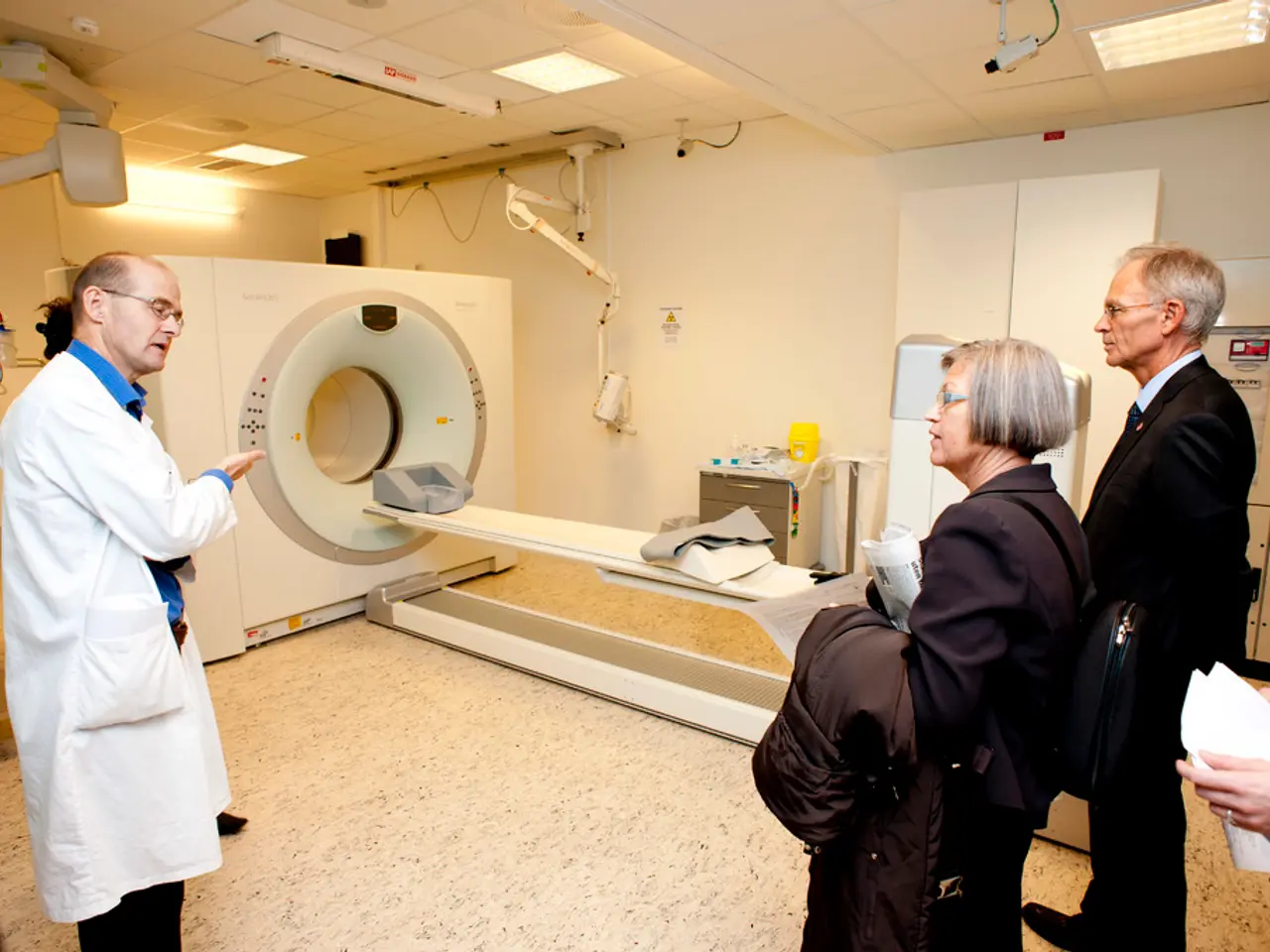Examining Medical Transcription: Defining Its Purpose and Operation Methods
In the realm of healthcare, the process of medical transcription has undergone significant changes, with the integration of advanced AI-driven tools playing a pivotal role. This transformation is aimed at enhancing accuracy, efficiency, and streamlining the clinical workflow.
AI-Powered Transcription and Medical Scribes
The advent of AI systems, trained on medical terminology and capable of recognizing diverse accents, is steadily improving the accuracy of transcriptions and reducing errors. AI medical scribes enable real-time documentation, slashing turnaround times from traditional multi-day delays to near instant transcription. This reduction in administrative burden allows physicians to focus more on patient care, mitigating burnout.
AI scribes generate automatic entries directly into Electronic Health Record (EHR) systems, minimizing manual data entry and errors while maintaining compliance with privacy regulations like HIPAA. Emerging AI scribes are tailored for specific medical specialties, trained on their unique terminology and workflow needs, leading to more precise and relevant documentation that requires less correction from physicians.
Specialty-Specific and Context-Aware Scribing
Advancements in Natural Language Processing (NLP) now enable transcription software to understand complex clinical language, grasp relationships between symptoms and diagnoses, and improve overall note coherence. Ambient listening technology enables unobtrusive, continuous passive recording and transcription during clinical encounters without manual activation, fostering more natural physician-patient interactions.
Hybrid Human-AI Workflow
Despite AI advances, human review remains crucial to ensure clinical accuracy, detect errors, and provide editing for clarity and empathy. Professional transcriptionists or clinicians validate and refine AI-generated outputs to meet strict regulatory and clinical standards, especially in critical areas like radiology to avoid diagnostic errors.
Integration with Telehealth and Workflow Systems
AI scribes are increasingly designed to work seamlessly with telehealth platforms, effectively transcribing and organizing virtual visit conversations. This integration enhances workflow efficiency, ensuring clinical documentation consistency across in-person and remote care.
Data Security and Compliance
Best practices emphasize robust security measures to protect patient data, maintain integrity, and ensure transparent AI operation with patient consent as required by HIPAA and similar regulations.
Looking forward, the field anticipates continued improvements in AI language understanding, better interoperability with healthcare IT systems, and expanded features like predictive prompts and multilingual support, all aimed at producing more efficient and error-resistant medical transcription that supports superior patient care.
Quality control measures, like routine audits of transcribed documents, help maintain high standards of accuracy in medical transcription. Some facilities require a second review before the transcript becomes part of the patient's medical record. Understanding medical terminology is crucial for medical transcriptionists to provide precise and coherent transcriptions.
Medical transcription involves transcribing various types of reports, such as patient histories, physical examination findings, operative reports, consultation notes, and more. The accuracy of medical transcriptions is critical, as they are used for billing and insurance claims, making errors or omissions potentially problematic.
In sum, the best practices combine leveraging cutting-edge AI-driven transcription technologies with human oversight, specialty customization, seamless EHR integration, and strict adherence to privacy and regulatory standards to optimize both documentation quality and clinical workflow in healthcare.
[1] HIPAA: The Health Insurance Portability and Accountability Act [2] AI in Healthcare: A Review (2020) [3] Medical Transcription: Current Practices and Future Directions (2019) [4] Advances in AI for Medical Transcription (2021)
AI medical scribes, with their ability to adapt to medical terminology and diverse accents, improve the accuracy of health-and-wellness related transcriptions and reduce errors. These scribes enable real-time documentation, reducing administrative burden and allowing physicians to focus on health-and-wellness matters, thus mitigating burnout.
The integration of these AI medical scribes with Electronic Health Record (EHR) systems minimizes manual data entry, ensures HIPAA compliance, and allows for more precise documentation tailored to specific medical specialties, thus enhancing health-and-wellness care.




